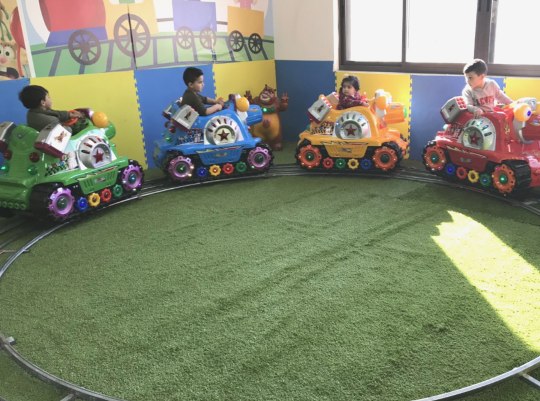In a discussion in my current Open University module, A327 Europe 1914-1989: war, peace, modernity, someone mentioned the Imperial War Museum Exhibition People Power: Fighting for Peace. Cutting a long discussion short:
Me:
There’s something about the words “exploring how peace movements have influenced perceptions of war and conflict” that troubles me. I think it is the implication they have achieved nothing other than change perception. As if it is the output from a War Studies course, rather than Peace Studies. Certainly that web page has not been written by someone immersed in the peace sector as they would not have used the title “Fighting for Peace” as it is not considered proper to use that expression any more (“working for peace” instead), just as it is not considered appropriate to wear camouflage as a civilian (camo baby’s bootees – why?) or use bullet points in presentations (use “peace points”).
Alternatively, is it merely focused purely on that aspect (influencing perceptions) of the peace movements?
Damn this module! Now I am more interested in who constructed this exhibition, why, who for, who paid for it and what is their agenda than I am in the exhibition!
A contributor (paraphrased):
The effectiveness of such peace efforts are open to debate, for sure, but surely history has shown that perceptions matter greatly, particularly public perceptions. I have to ask though:
‘use bullet points in presentations (use “peace points”)‘.
As for bullet points being ‘inappropriate’, since when? Is that a joke? If so, it went right over my head. 
My response:
I find some of the hard liners in the peace movement difficult to relate to, but once one has been given an awareness of the militarisation of everyday language, clothes, euphemisms, education and so on, it starts to become glaringly obvious. In the case of words, the fear is that routine adoption of military language into everyday life normalises violence as a default response to anything requiring action.
One becomes entrenched (I’ve never dug a trench), attacks a problem (I’ve never beaten up an equation), uses bullet-proof arguments (I actually use normal paper), takes flak from objectors (I can’t even fly), works on the front line (i.e. answers the ‘phone) and so on.
To eliminate sexism, it was necessary to remove certain words from our everyday language so that they could not be used to denigrate women when referring to them. It’s not about how they feel about those words, it is about the effect they had on us men and, therefore, how society functioned.
To eliminate racism, other words that were used without thought are now verboten – we would never dream of using them in writing. Again, this is not because of the reaction but on society: if derogatory, generalising or belittling words are used to define groups then one assumes those groups are deserving of being treated that way. (Why did I use ‘verboten’? Because it has a cultural association with a violent and potentially fatal reaction as a punishment; being associated with Nazi militarism it is a far stronger word than merely ‘forbidden’. Doing so also reinforces our traditional view of the Germans.)
Likewise disability or other forms of difference from “the accepted norm”. You need words to create boxes to put people in so they can be managed as a group in a certain way. Once the language has been created and established for that group, it can be re-used on another, and another, and another.
It comes out of the likes of linguistics philosopher Wittgenstein (“Whereof one cannot speak, thereof one must be silent.”), military writer von Clausewitz (education, culture and the media are foundations for war) and social psychologists. For example, the Sapir-Whorf hypothesis: our world view can only be constructed from the words we have to describe it. It is a well-known and well-established concern: extremists of all sorts have wanted particular books burned because of the political or religious ideas they convey – if people cannot read the books, they won’t get the ideas. Words are dangerous; words convey emotions and reactions.
If we rely on military words for dealing with civilian problems, then military solutions become the default solution because that is how we think. If we can change the language to use positive verbs and adjectives rather than violent ones, it would change the mindset of the public toward how they should be resolved. Hence a drive in the peace movement to not use military terminology in a civilian context.
Hence ‘peace points’ not ‘bullet points’.



